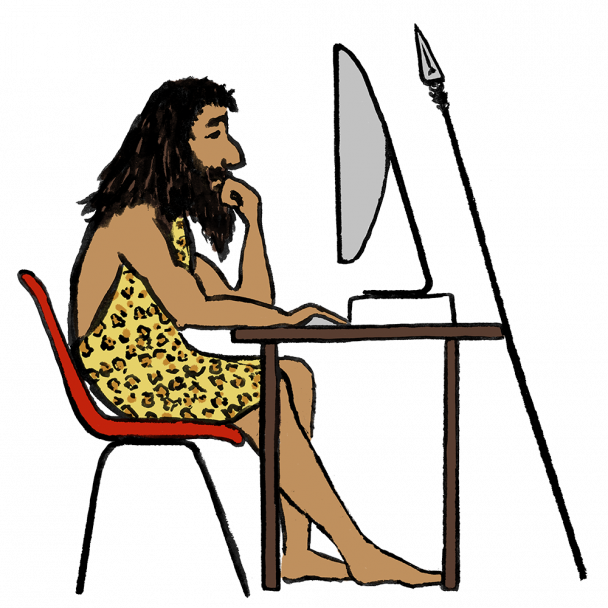
One invention, billions of possibilities
To say that the World Wide Web has changed the world is quite the understatement. Its invention heralded a new phase of human history: the Information Age.
The idea was first sown in 1945 by American engineer Vannevar Bush. His article in Atlantic Monthly concerned a photo-electrical mechanical device called a Memex – or ‘memory extension’ – which could create and follow links between documents on microfiche. Then, in 1989, Tim Berners-Lee wrote the first web browser: and the World Wide Web (WWW or simply the Web) was born. Berners-Lee took the altruistic decision to put his source code into the public domain, without patenting it, so that it would be free for all to use and develop. A decision that has possibly made the Web what it is today.
Strictly speaking, the World Wide Web is not the same thing as the Internet. The latter is a global system of interconnected computer networks, the “hardware” effectively. The WWW is a collection of documents and other resources linked by Uniform Resource Locators – or, as we know them, URLs, effectively some of the “software” that makes the hardware work. Together they have radically transformed our world.
Perhaps the biggest impact of these advances has been on communication. Billions of us globally can now receive news and information in an instant – whether on social media, websites, via blogs or forums – and can connect to each other (almost) anywhere we go. Here at Abel + Imray, we remain focused on its positive impact, especially the way the digital world has helped us stay connected to our clients, associates, friends and family throughout 2020 – an unprecedentedly challenging year.